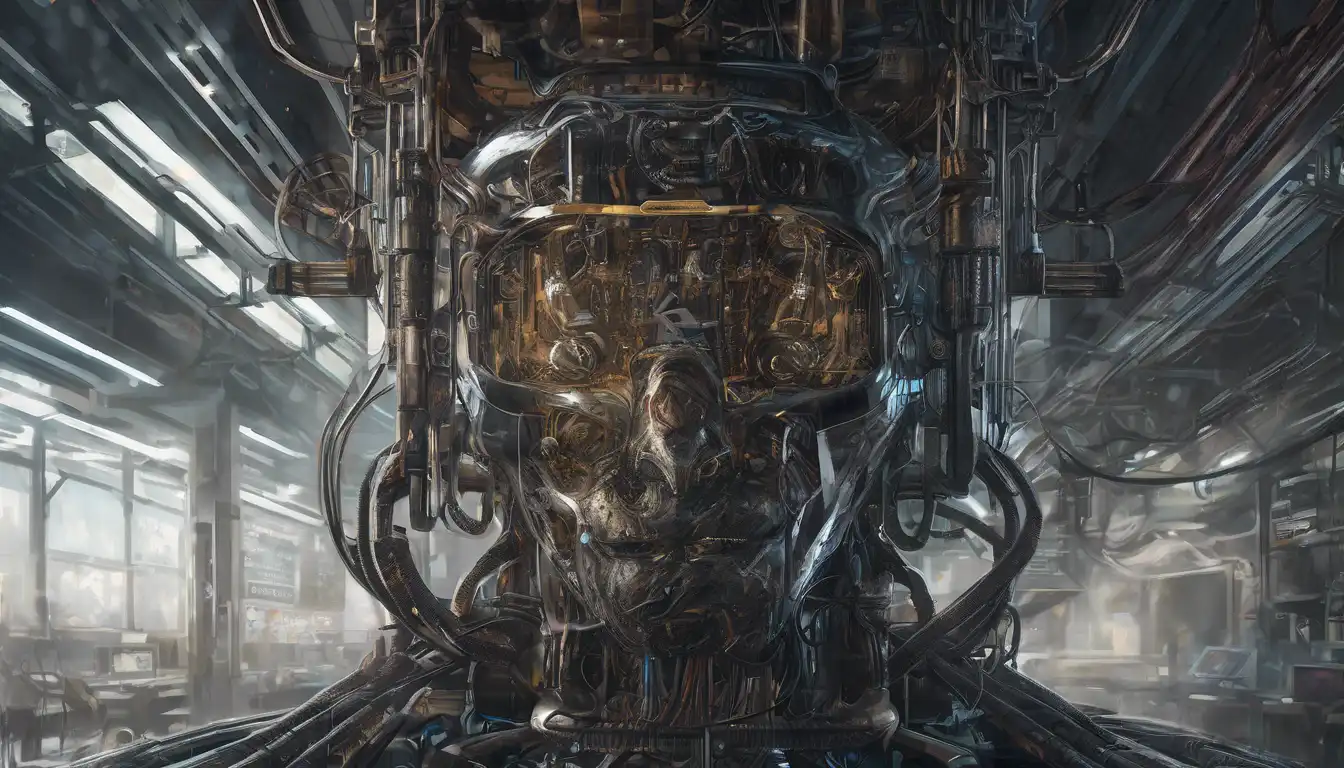Introduction to Machine Learning and AI
In the realm of technology, Machine Learning (ML) stands as the cornerstone of Artificial Intelligence (AI), enabling machines to learn from data and improve over time without being explicitly programmed. This transformative technology is reshaping industries, from healthcare to finance, by automating complex processes and delivering insights at unprecedented speeds.
How Machine Learning Powers AI
Machine Learning algorithms analyze vast amounts of data, identifying patterns and making decisions with minimal human intervention. This capability is what makes AI systems smart, allowing them to perform tasks such as natural language processing, image recognition, and predictive analytics with remarkable accuracy.
Types of Machine Learning
- Supervised Learning: Algorithms learn from labeled data, making predictions based on past examples.
- Unsupervised Learning: Algorithms identify patterns in data without any labels, uncovering hidden structures.
- Reinforcement Learning: Algorithms learn by trial and error, receiving rewards for desired actions.
The Impact of Machine Learning on AI Development
The integration of ML into AI has led to groundbreaking advancements, such as self-driving cars and personalized medicine. By continuously learning from new data, AI systems become more efficient and accurate, opening up possibilities that were once considered science fiction.
Challenges and Future Directions
Despite its potential, Machine Learning faces challenges, including data privacy concerns and the need for vast amounts of training data. However, ongoing research in areas like deep learning and neural networks promises to overcome these hurdles, further enhancing AI's capabilities.
Conclusion
Machine Learning is undeniably the engine behind AI, driving innovation and transforming the way we interact with technology. As ML algorithms become more sophisticated, the potential for AI to improve our lives is limitless. The future of AI, powered by Machine Learning, is not just about automation but about creating intelligent systems that can think, learn, and adapt.
